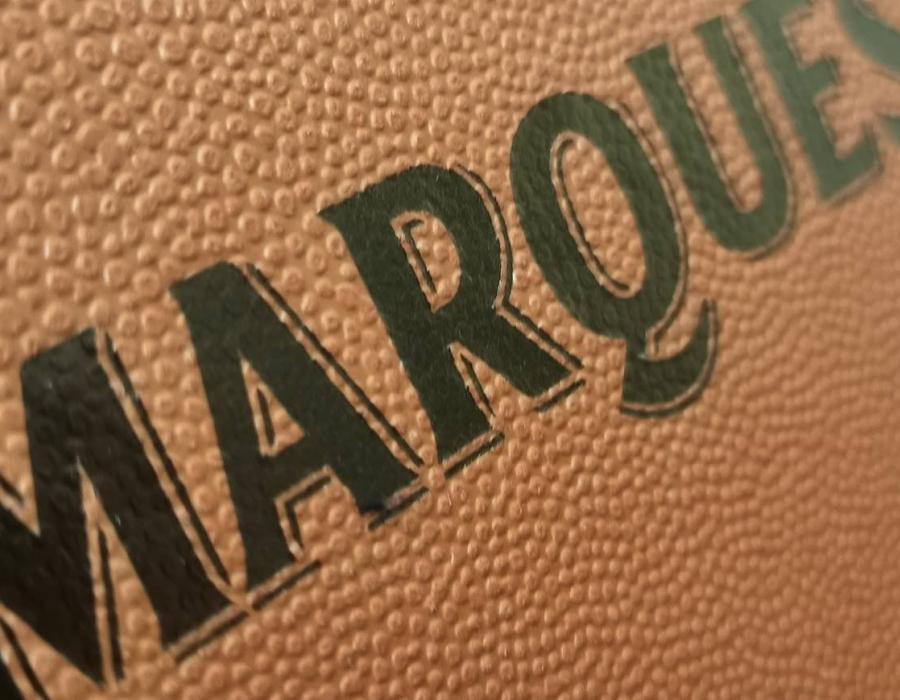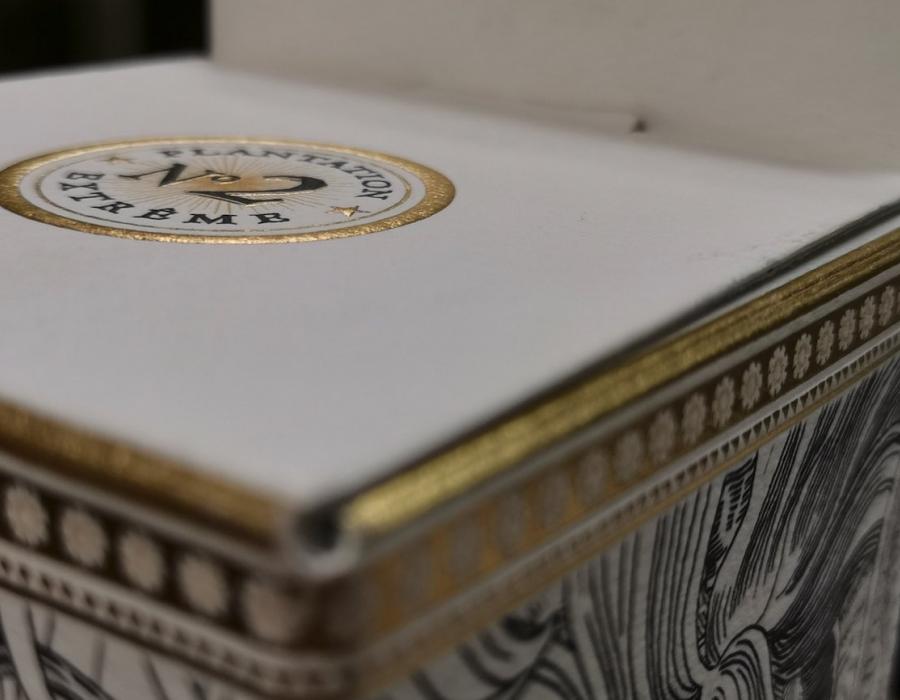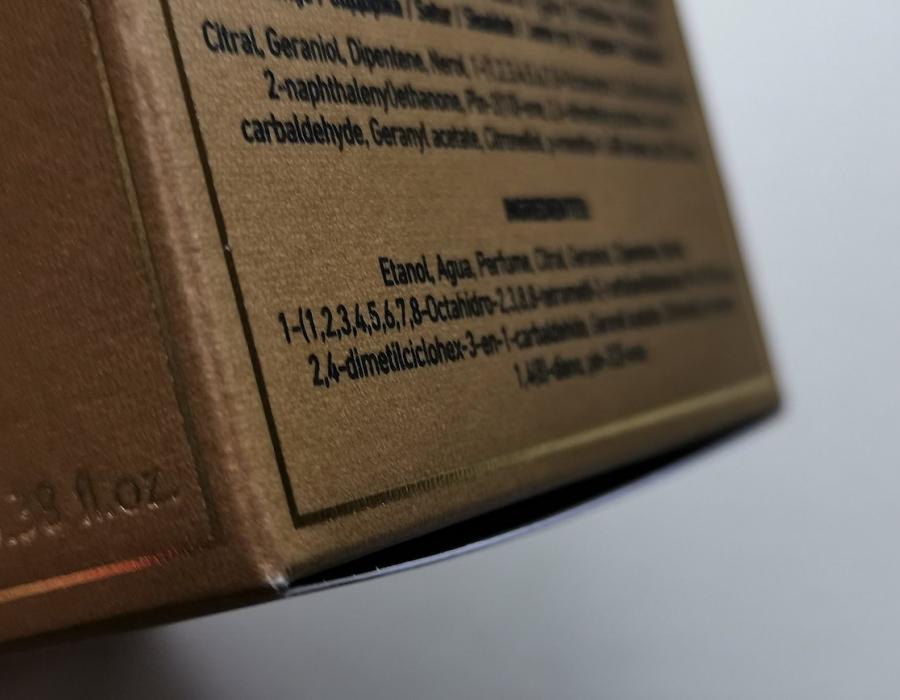Deluxe packaging is a sector characterised by highly specific physical and mechanical requirements, meaning that the perfect combination of design and functionality is of the essence. Moreover, there are two clearly distinct markets: flexible packaging, with more ephemeral needs, mainly for perfumery and cosmetics; and rigid packaging, used for more longer-term product storage (such as premium drinks or up-market shoes).
Although we do make this distinction between these two options, both of them have a great deal in common: packaging’s mission is to serve design purposes, it is a factor that seeks to transmit quality, elegance and very often sensations. On most occasions, this effect can only be accomplished by personalising packaging.
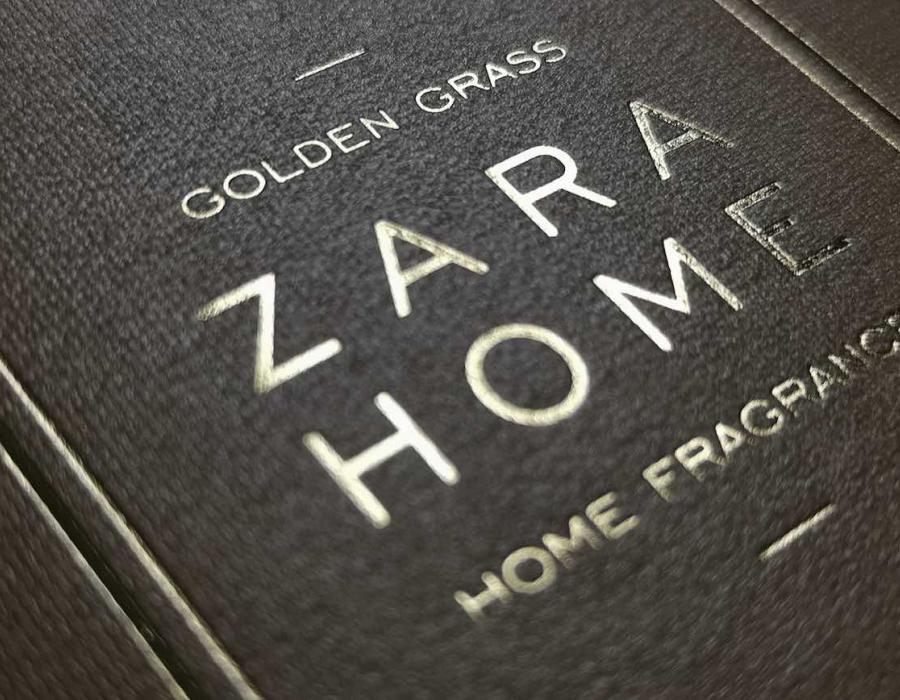
Total personalisation
Since shelves are packed with the products sold in stores, it is important that products’ packaging have a finish that makes them a cut above the rest. Therefore, it is indispensable to make the right choice between the different types of paper available. Many materials stand out simply by dint of their appearance: colour, brightness, imitation leather or feel (the latter being the best element in conveying sensations to the consumer). It is important to know that some papers are more textured on one side than on the other, such as Masterblank or Ultrabox, allowing us to choose the degree of sensation we wish to get across.
Therefore, one way of personalising packaging is by embossing. Most materials can be embossed and textured on demand, enabling us to give them that unique look that sets them apart from other packaging. However, it is important to know that each one of these versions involves certain technical requirements, such as in lamination or printing; and other more aesthetic requirements, such as the capacity to withstand the white patches produced through friction with objects. Both factors should be taken into account when working with paper in order to achieve the best possible result.
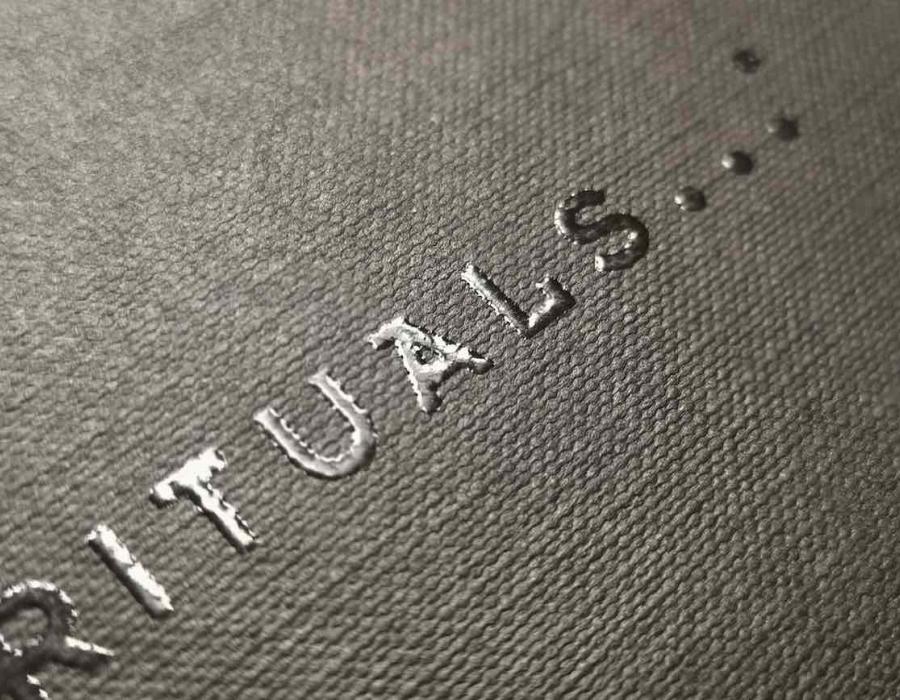
Packaging life
As we mentioned at the beginning, the strength needed by a box that will be opened and closed hundreds of times is not the same as that of a perfume box that might need to look very good but which you will dispose of when you get home. In the first case, a long-fibre material should be used, folded parallel to the direction of the fibre to guarantee this functionality. On the other hand, in the second case a strong material that conveys sensations must be selected, although short fibre will suffice; it will also guarantee good handle and rigidity, so that when it is folded the overlaps will be properly folded and closed.
Summarising, if a paper needs to be folded repeatedly and to last over time then we need to use long-fibre materials and mass-pigmentation that cope better with this long-term factor. If what we are looking for is a clean fold, then we will use papers with a greater composition in short fibre. Nevertheless, if what we want are materials with good handle and rigidity, then a mixed-composition paper will be the best option since long fibres provide greater rigidity.
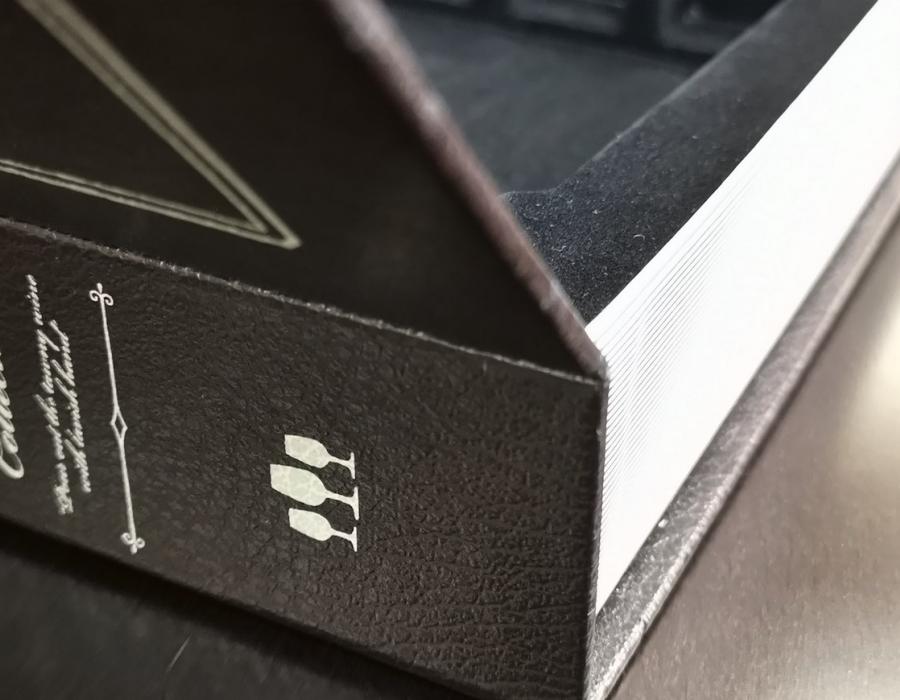
With the grain and with the right grammage
Both types of paper, long and short fibre, must always be used in the direction of the fibres or grain in order to guarantee these objectives. This is because folding the fibres leads them to crease, and the fold looks “dirty”, unsightly, particularly if the box or case is to be used for premium packaging, in which case every last detail must be pampered. In fact, if the paper is poor-quality and is folded against the grain it could actually tear.
In the same way, paper grammage conditions the processes to which it can be submitted, meaning that the right grammage must be selected depending on the use to be made of it and the packaging to be produced. The standard values range between 100 and 115 g for rigid packaging, and 300 and 350 g for flexible packaging. However, and as always, Guarro Casas recommends that you work together with the processor, since the grammage will also be determined by the types of machinery used.
